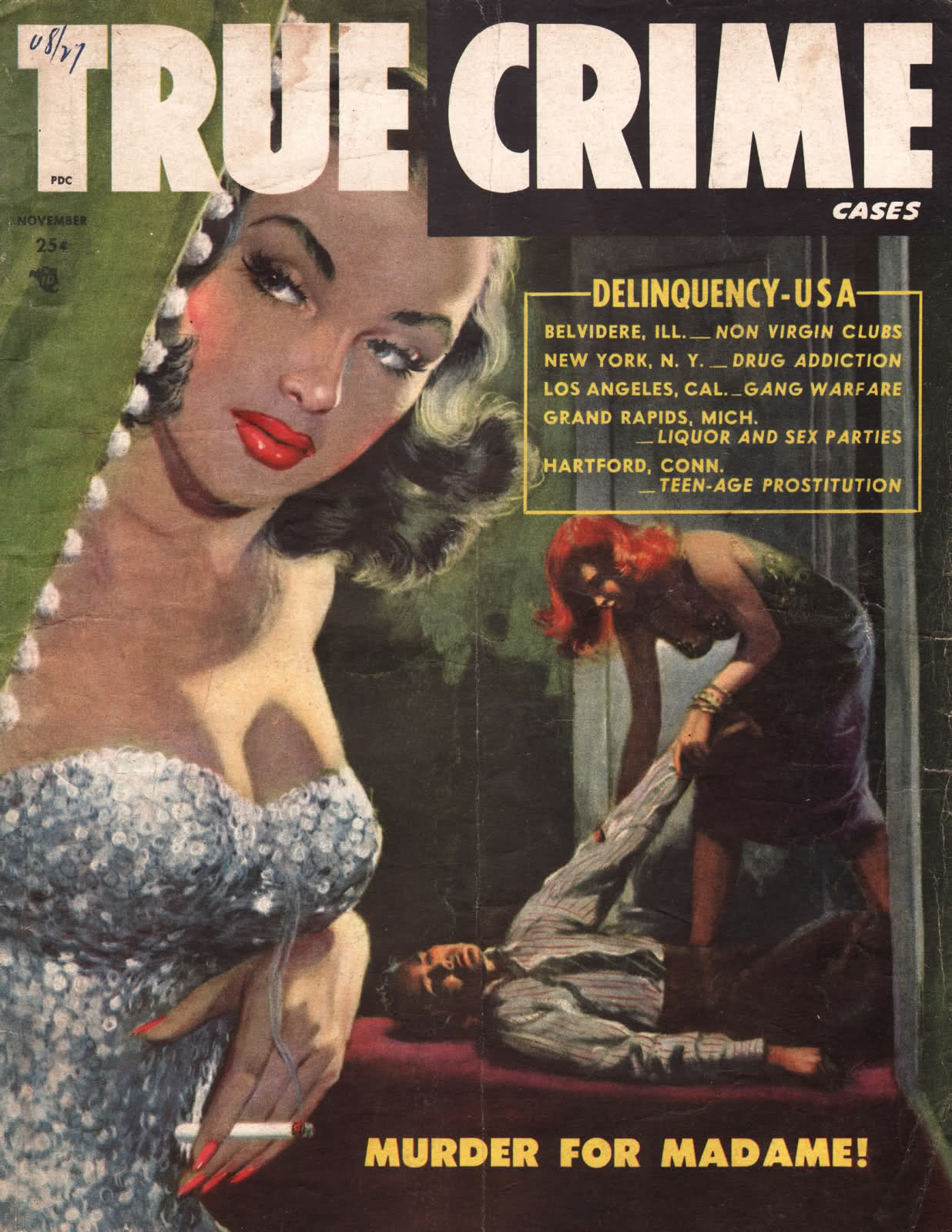
The Top Ten Best Novels Based on True Crimes
From the Newgate Calendar to Serial and Making a Murderer, we have long been fascinated by true crime – by what leads people to commit a terrible deeds, and by what happens to a person when, rightfully or wrongfully, they are convicted. In real life, there are often no answers and no resolution. The job of fiction is to explain it to us in some way; to construct some order from the chaos. The novels that make my top ten lay bare the human heart of stories that on the surface seem incomprehensible.
1.THE TELL-TALE HEART, Edgar Allan Poe (1843)
The Tell-Tale Heart is the strange account of a man’s obsession with an old blind man’s clouded blue eye. The narrator ultimately kills the old man and hides the body parts under the floor of his home. Driven mad by the beating heart he believes he can still hear beneath the floorboards, he ultimately confesses to the police. The story was inspired by a real murder in Salem of 82-year-old Captain Joseph White who was bludgeoned to death by a hitman hired by White’s nephews.
2.MURDER ON THE ORIENT EXPRESS, Agatha Christie (1934)
The crime at the core of Christie’s most famous novel has its grounding in the 1932 kidnap and murder of the son of aviator Charles Lindbergh. A maid employed by Mrs Lindbergh’s parents was suspected and, after harsh police interrogation, committed suicide. However, ex-convict Bruno Hauptmann was eventually sentenced to death for the murder. In Murder on the Orient Express, this becomes the murder of a three-year-old girl by fugitive Cassetti.
3. IN COLD BLOOD, Truman Capote (1966)
In Cold Blood details the 1959 murders of four members of the Herbert Clutter family in the small farming community of Holcomb, Kansas. Fascinated by what motivated two young men to slaughter an entire family in their beds, Truman Capote travelled to Kansas and befriended one of the men, Perry Smith. What emerged is an incredible piece of writing, which many consider to be the first work of creative non-fiction.
4. THE EXECUTIONER’S SONG, Norman Mailer, 1979
The Executioner’s Song follows the strange and blighted life of Gary Gilmore who in 1976 robbed and killed two strangers. After being tried and sentenced to death, Gilmore insisted on being executed for his crime. The American justice system, however, seemed intent on keeping him alive. Told with clarity and compassion, this is a deeply disturbing and utterly brilliant book.
5. ALIAS GRACE, Margaret Atwood (1996)
In 1843, a 16-year-old Canadian girl called Grace Marks was tried for the murder of her employer and his mistress. She was convicted as an accessory, but opinion remained divided as to whether she was evil, insane, or herself a victim. Around this true story, Atwood has woven a tale of incredible power and mystery, the different pieces stitched neatly together like the quilt Grace sews during the course of the book.
6. FRED AND EDIE, Jill Dawson (2000)
Fred and Edie is a haunting novel based on the 1922 murder of Percy Thompson by his wife Edith Thompson and her young lover, Frederick Bywaters. The novel is told mainly told through Edie’s letters to her ‘Darlint Freddie’ while they are in prison awaiting trial, including extracts from some of Edie’s real letters. This is an absorbing, passionate and ultimately tragic story in which 1920s London is brilliantly evoked.
7. WE NEED TO TALK ABOUT KEVIN, Lionel Shriver (2003)
Another novel told in letters, this time from Eva, the mother of a murderous student, to her absent husband, Franklyn. Shriver’s devastating novel was inspired by the 1999 Columbine High School killings in which Eric Harris and Dylan Klebold murdered 12 fellow students and a teacher. In the book, Eva attempts to come to terms with Kevin’s actions and with her own fears that she may in part be responsible. Far from a comfortable read, Shriver forces us to confront our assumptions about motherhood, society, blame and retribution.
8. ARTHUR AND GEORGE, Julian Barnes (2005)
Barnes’ novel is based on the case of lawyer George Edalji, who in 1903 was convicted of mutilating farm animals and sentenced to seven years’ hard labour. His case was taken up by Arthur Conan Doyle, whose campaigning and investigating led to the overturning of Edalji’s conviction and precipitated the establishment of the Criminal Court of Appeal. With a precise style that fits perfectly with the decorum of the era, Barnes narrates the parallel lives of these two very different men as they navigate their own personal crises.
9. BURIAL RITES, Hannah Kent (2013)
Burial Rites reimagines the life of Agnes Magnúsdóttir, the last woman to be executed in Iceland. Sentenced to death for her part in the murder of two men, she was beheaded by axe in 1830. Although we know at the beginning of the novel how it will end, Kent successfully builds suspense and sympathy for Agnes, leading us to a gripping imagining of what might have happened on the night of 13 March 1828, when Natan Ketilsson and Pétur Jónsson were stabbed and bludgeoned to death. A beautiful and devastating portrait of nineteenth century Iceland and of Agnes herself.
10. AN OFFICER AND A SPY, Robert Harris (2013)
An Officer and a Spy is based on the Dreyfus Affair, an astonishing story of prejudice and injustice in late nineteenth-century Paris. The newly-appointed head of the Statistical Section, Colonel Georges Picquart, is chosen to investigate the crimes allegedly committed by Dreyfus. Picquart begins the novel convinced of Dreyfus’ guilt but, during the course of his investigation, begins to have his doubts, much to the displeasure of the military officials who appointed him. A tale of scandal, anti-Semitism, cover-up and mass hysteria, Harris decided it, ‘could only be told as a thriller. That is what it is. You wouldn’t believe it in a novel of social realism.’
This post first appeared on Crime Files.
